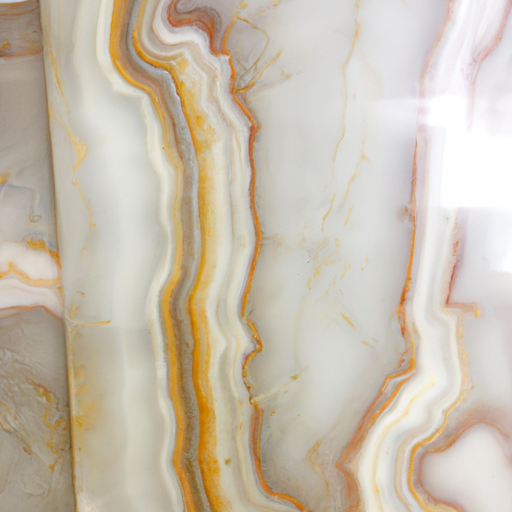marble sculpture&monument
Exploring the History and Artistry of Marble Sculpture and Monumental Art: From Ancient Greece to the Modern Day
The history of marble sculpture and monumental art is a long and fascinating one, stretching back to the ancient Greeks and Romans. From the awe-inspiring Parthenon in Athens to the intricate detail of Michelangelo’s David, marble has been used to create some of the most iconic works of art in history.
The ancient Greeks were the first to use marble for sculpture and monumental art. They used it to create statues of gods and goddesses, as well as to decorate their temples and other public buildings. The Parthenon, built in 447 BC, is a prime example of the skill and artistry of the ancient Greeks. The temple is adorned with intricate marble sculptures, including the iconic frieze that depicts the battle between the gods and the giants.
The Romans also used marble extensively for sculpture and monumental art. They created grand statues of their emperors and gods, as well as elaborate tombs and monuments. The Colosseum in Rome is a prime example of the skill and artistry of the Romans. The exterior of the Colosseum is adorned with intricate marble sculptures, including the iconic frieze that depicts the battle between the gods and the giants.
The Renaissance period saw a resurgence in the use of marble for sculpture and monumental art. Artists such as Michelangelo and Donatello used marble to create some of the most iconic works of art in history. Michelangelo’s David is perhaps the most famous example of marble sculpture from this period. The statue is a masterpiece of balance and proportion, and its intricate detail is a testament to Michelangelo’s skill and artistry.
In the modern day, marble is still used extensively for sculpture and monumental art. Contemporary artists use marble to create sculptures that are both beautiful and thought-provoking. Marble is also used to create monuments and memorials that commemorate important events and people.
The history of marble sculpture and monumental art is a long and romantic one. From the awe-inspiring Parthenon in Athens to the intricate detail of Michelangelo’s David, marble has been used to create some of the most iconic works of art in history. Its beauty and versatility have made it a favorite of artists throughout the ages, and its timeless appeal continues to captivate us today.




